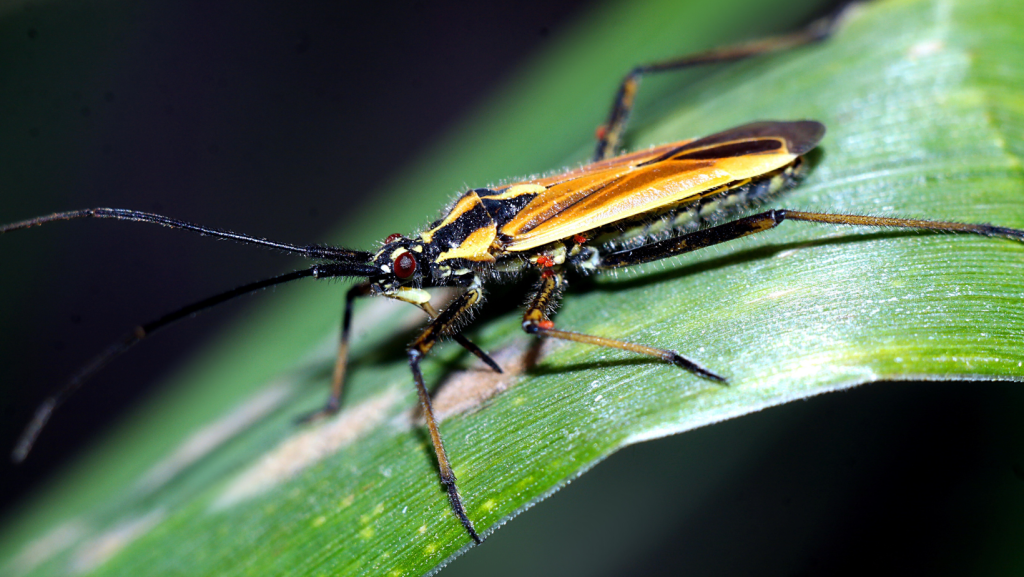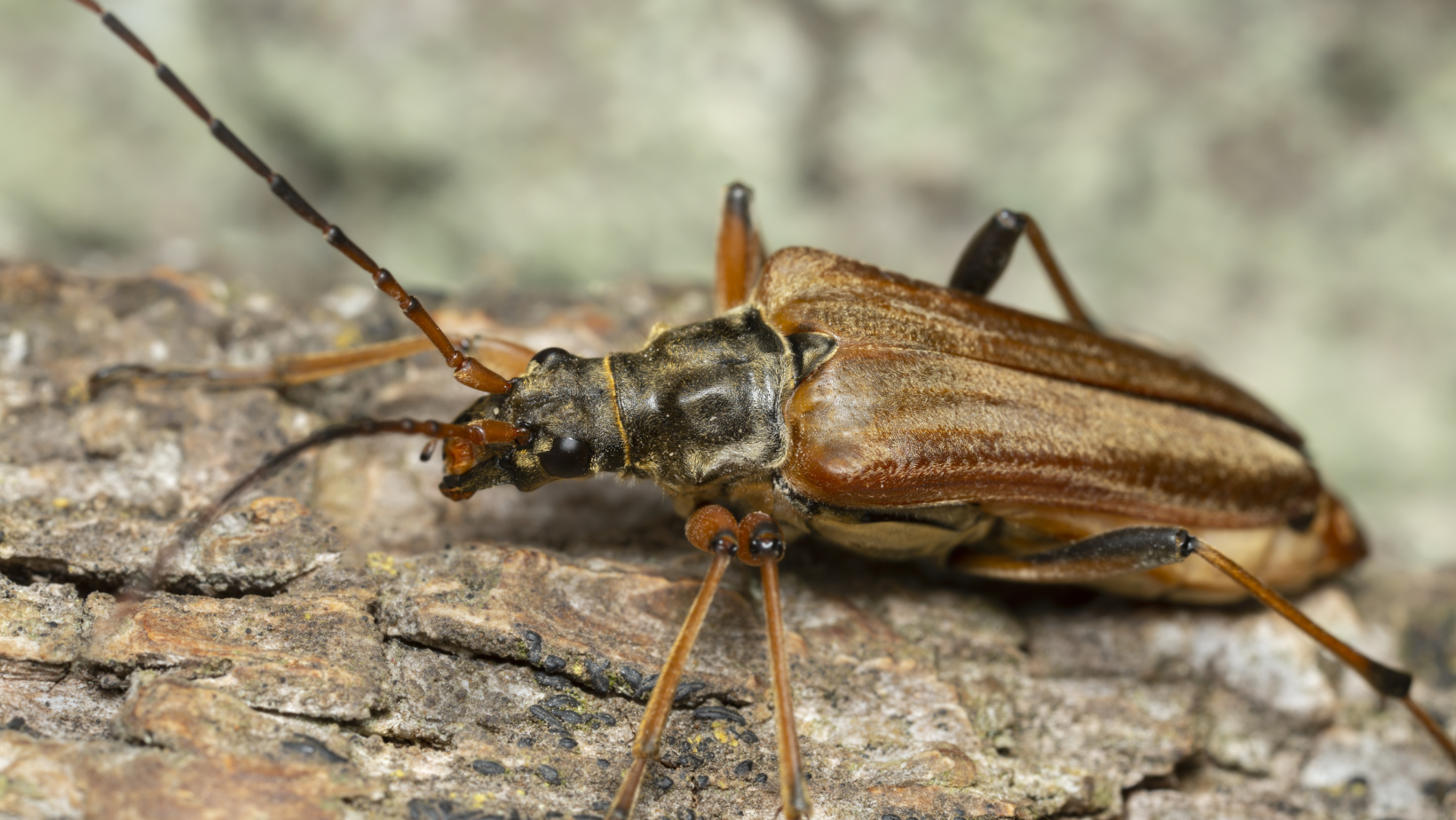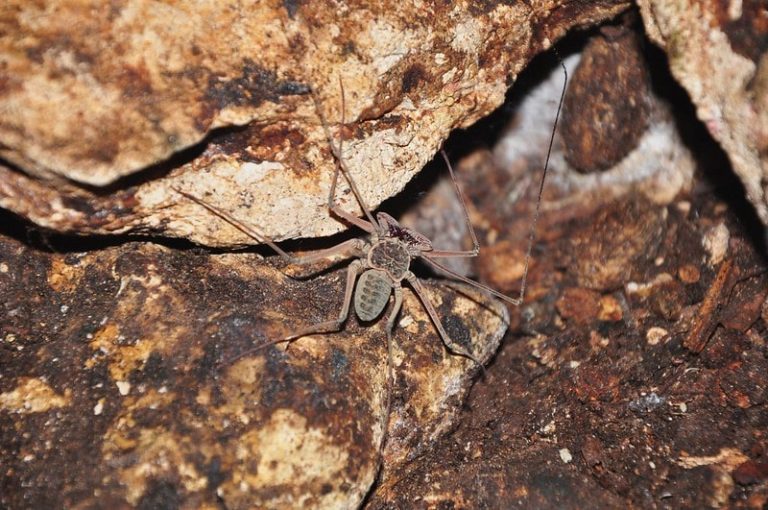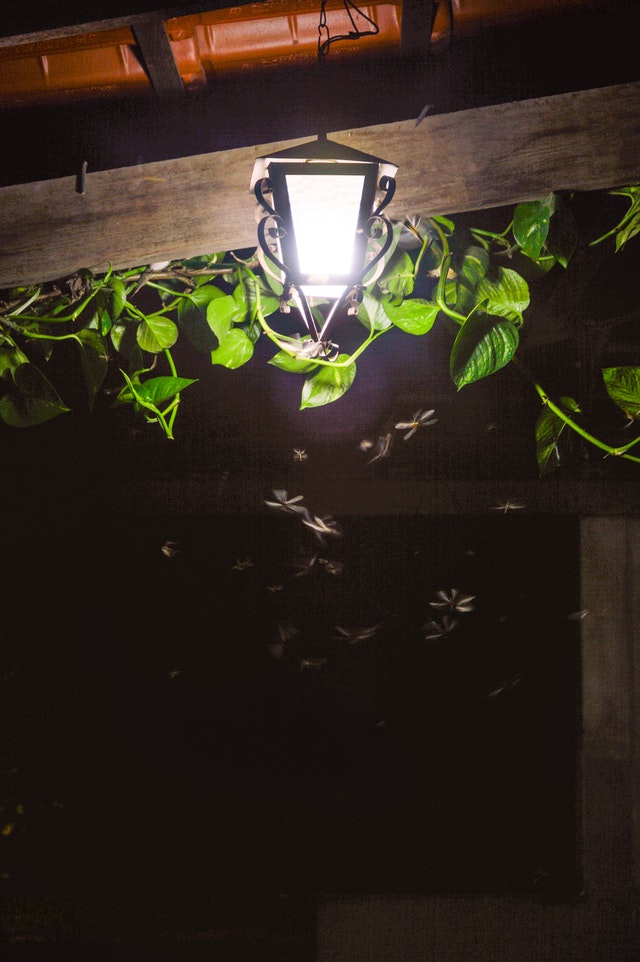How to Get Rid Of Pirate Bugs
Most of us first see the pirate bugs on the prettiest, most sunny, warmest summer days. While we enjoy the sun, the pirate bugs hunt for just another meal before the winter comes until the following spring.
The distinctive feature of oval-shaped pirate bugs in black and white is that they bite with pain far out of proportion with their minute size (1/5 inches) when they settle on your uncovered skin.
Pirate bugs, often known as “minute pirate bugs,” are tiny plant-eating pests.
Pirate Bugs, Orius insidiosus, commonly referred to as flower bugs, are a widespread general predator in field crops. They emerge early in the spring and feed on several tiny pests.
They like thrips mainly and have been observed attacking adult thrips; you may notice them with thrips hooked to their rostrum.
Pirate bugs are widespread throughout the United States, and more than 500 species are present around the planet.
Pirate Bugs reproduce rapidly, and complete their life cycle in only three to four weeks, making them excellent in quickly controlling severe infestations. The bite of pirate bugs is quite painful—their short blunt beak probes into your skin.
Pirate Bugs will quickly spread across infested plants and kill even if they don’t have to eat.
They are predatory by nature, eating on small insects, and many are moved from their natural habitat when farmers harvest crops.
How to Identify Pirate Bugs?
A mature pirate bug measures approximately 2-3 mm in length. These pests have an oval-shaped body that is usually black in appearance. Their wings also contain white patterns.
Nymphs, the juvenile pirate bugs, would be tiny and have a teardrop-like appearance. The nymphs occur in several colors, yellow and orange, as compared to adult pirate bugs.
As the name says, Pirate bugs are extremely small – much smaller than mosquitoes. The needle-sharp beaks of both nymphs and adults allow them to penetrate and suck the juices from their prey.
Pirate bugs, in comparison to other bugs, do not sting poison or suck blood. They drain and destroy their prey with their needle-sharp beaks, taking in enough fluid from the floral plants and farming crops.
The pirate bugs have a distinctive stinging bite that can be extremely painful. For example, the insidious flower insect will pierce your skin with its delicate beaks.
Like a mosquito bite, the bug’s bite will turn red and swollen. For some people, however, there can be no mark, and occasionally even painless.
Nymphs are often yellow-orange to brown. Although they are little in size, pirate bugs are highly predatory.
Pirate bugs eat various microscopic insects in the garden, like aphids, spider mites, and thrips. Additionally, they are used to control thrips in greenhouses. Each adult pirate bug can consume up to twenty thrips larvae per day.
White markings at the base of adult bugs at their front wings create a band-like look across their bodies when their wings are at rest. True bugs can be distinguished by their piercing mouth parts, which are capable of sucking. While many suck plant liquids, some can suck fluids from living prey.
It has been found that certain types of bugs have virtually no interest in humans anyway.
When they arrive in the yard, they will assemble around untreated plants in search of active food. They will irritate pets and people in the house, and if you are allergic to their presence, your skin will swell similarly to fleas or mosquito bites.
How Long Do Pirate Bugs Live?
Female Pirate Bugs lay approximately one hundred eggs throughout their brief existence. They keep the tiny eggs within plant tissues, invisible to other insects, and do not show or consume them.
Adults hibernate in protective environments, such as leaf litter. Nymphs go through multiple developmental stages (instars) before they become winged adults.
In four or five days, the tiny nymphs begin their rapid change from miniature individuals to complete adults. This process takes approximately twenty days.
Where Pirate Bugs Mostly Be Seen?

Pirate bugs are commonly widespread in North America. These bugs flourish in agriculture and gardens, particularly during the hot summer days when food is plentiful. They can quickly populate their habitat after mating since they mature in around 20 days.
They are typically located near food sources. Pirate bugs such as caterpillars will live and deposit eggs in regions of blossoming plants and crops.
Pirate Bugs are easy to detect in the autumn as plants and prey die off. You may find yourself swarming with them while you accomplish your regular outside duties.
Orius species are most prevalent in the eastern United States, but they are also found in the southwestern United States, including southern California and South America. In the United States, at least eight different species have been identified.
When they tend to remain close to flowering plants during the spring and summer, you might have to look carefully to find them.
If you are looking for a cornfield throughout the summer, you’re likely to find them. They commonly hide in corn silk as they are a significant predator of corn earworm eggs.
Pirate bugs move from fields and forest regions in summer and fall, and their distribution varies by location, day, and year. Migration and activity are irregular and unpredictable.
These species of bugs frequently migrate in huge numbers during the late fall months to overwinter in the leaf litter. They are found in plants, crop fields, woodland regions, and other similar habitats.
The bugs usually attack gardeners and others that work outside. The “insidious flower bug” causes the most pain to humans. Its bite is as harmful as that of the mosquito.
What Do Pirate Bugs Eat?
These bugs are in a group called “true bugs.” Despite being a generalist predator, these bugs frequently feed on mites, thrips, and whiteflies.
They penetrate their prey’s body to kill it. They then suck out the insides with their mouth. Usually, only the prey’s shell remains.
The number of pirate bugs continues to grow as the winter comes. These bugs are swarming about, looking for food to survive.
Unfortunately, humans frequently obstruct this activity and end up facing the wrath of the pirate bugs’ mouth-piercer.
Pirate bugs like to consume the majority of “bad bugs” in gardens. Both nymphs and adults eat on the following:
- Thrips
- Mites
- Eggs of insects
- Insects with scales
- Eggs of corn earworm
- Corn borers
- Aphids
- Nymphs of the potato leafhopper
- Small caterpillars
- Whiteflies
- Psyllids
When no prey is nearby, minute pirate bugs feed on pollen and plant juices. However, if there isn’t enough food to satisfy them, they’ll most likely leave and go somewhere else. So, if you want to keep your garden safe from pesticides, don’t let your pirate bugs go!
Do Pirate Bugs Fly?
Pirate bugs come from Illinois on foliage, especially flowering plants. Adult pirate bugs are great flyers; the tiny, brownish nymphs are similar to the adults but do not have wings like the adults do.
Nymphs and adults often stroll on your arms when hand-weeding, trimming, or otherwise working with outside plants. While sitting or walking outside, adult pirate bugs frequently flutter onto your arms and other exposed areas of your body.
Nymphs lack wing patches, so they cannot fly. Adults fly and hunt broad areas for prey, sap, nectar, and pollen.
Do Pirate Bugs Bite Humans?
The pirate bug is rarely a risk to humans; during the winter, when populations are at their peak, the pirate bugs start to bite humans.
According to the urban tale, the bug’s urine is highly acidic and released whenever it bites humans. This is entirely false. The bites have a different effects on different people. Some bites cause swelling similar to a mosquito bite; some turn red, while others do not react.
It pains since you get a “huge painful bite” with a very sharp, needle-like beak poked very hard by a starving bug. The pirate bug’s discomfort derives from the urine the bug excretes when biting.
When the bug has probed through human skin, the bite may be extremely painful. True bugs do not transmit disease and will not harm you, but their bites may become itchy, burn, or inflamed.
Even if these bugs don’t consume human blood, or inject poison or saliva when they bite, the scouting mouthparts sting like the devil itself.
Their bites may cause redness or swelling. People react differently. If you feel compelled to respond, you can almost certainly swat the bug that bit you.
How to Treatment Pirate Bug Bites?

- Move out of there to avoid more stings or bites.
- Remove stingers from the skin by pulling, brushing, or scraping them. Tweezers, credit cards, tape, and fine brushes may be utilized, as stingers don’t usually penetrate deeply into the skin.
- Use a gentle soap and water solution to clean the sting or bitten area.
- If possible, it may be helpful to capture or kill the “bug” without injuring others.
- Immediate relief to minimize swelling and pain comprises packs of ice wrapped in a bite or sting towel.
- Take acetaminophen or ibuprofen-containing OTC pain relievers. Avoid the use of aspirin in youngsters due to the risk of developing Reye’s syndrome.
- Applying a paste or watery mixture of baking soda topically may help alleviate irritation; calamine lotion containing hydrocortisone or compounds such as lidocaine may also help alleviate itching and pain.
- Oral diphenhydramine (Benadryl) helps relieve itching.
Are Pirate Bugs Harmful?
Pirate Bugs do not bite everyone. They appear to be more attracted to certain individuals than others.
Individuals attacked may exhibit no reaction or symptoms ranging from a small, reddish, itching patch like a mosquito bite to a widespread rash. Although the bite of the Pirate Bug is extremely painful and may result in redness and swelling, it is not particularly hazardous.
Wash the area with lukewarm water, dry it and apply an ice pack to minimize swelling if you experience discomfort and pain.
Adults and nymphs are great biological controllers. In just one day, both juvenile and mature adults can consume more than thirty spider mites.
How Do I Get Rid Of Pirate Bugs In My House?
They are most noticeable on the doors throughout the day and disappear at night, at least on the doors, but remain on the window screens.
These bugs are most likely to occur on warm, light days. If possible, work outside on cooler, cloudier days or just after sunset to avoid Pirate Bugs bites.
Some years they become active early in the spring before any food is available. This seems to happen to you right now. And when they come out early, there’s generally no food. If food is unavailable and the air is still freezing outside, pirate bugs will go for a warm structure to roost and keep it safe. This is why you notice them in your home.
The right clothes at the right time are the best defenses against pirate bugs. They appear to be attracted to light colors. Wear dark hues to avoid attracting these bugs. Long-sleeved shirts and long pants are recommended.
Standard insect repellents, according to the majority of reports, have no impact on these bugs at all. If you are in an environment where Pirate Bugs are likely to occur, the best option is to protect your bare skin.
What Kills Pirate Bugs?
The good news is that they are easily treatable. The application of severe pesticides will undoubtedly lower their population, and systemic insecticides may completely eradicate them, as they suck plant sap.
- Combine MAXTHOR and SPREADER STICKER in a spray bottle and spray along the siding where you notice activity. Typically, only 1-2 treatments are required to eliminate them, and the Maxxthor prevents them for so many weeks.
- When mixing Maxxthor with water, use 1/2 oz per gallon and expect to get approximately 500 sq/ft of coverage for each mixed gallon. Insects like pirate bugs die rapidly when sprayed, and Maxxthor is highly resistant.
- Make sure you have some SPREADER STICKER to be utilized in the same tank mix at the same time. This ingredient helps Maxxthor pierce the thick shell of pirate bugs, protecting them from the spray.
- Apply organic MULTIPURPOSE INSECT KILLER in vegetable and fruit gardens where you are producing vegetables or fruit. Because it is organically approved, it is suitable to use on any plant. Remember that it will effectively disappear within a few days of treatment. Naturally, this is why it is beneficial for fruit and vegetable-yielding plants. Pests can quickly re-infest, so they are ready to treat more often when you use the organic choice. Since there is no requirement to treat the soil, there should be no risk to you or your family when properly applied.
- Finally, to keep them away from you and your pet, spray BUG OFF INSECT REPELLENT on your clothing, skin, and fur. Pirate bugs do not tolerate this activity level and will avoid contact with people and pets after being treated. It takes little time and will last 6-8 hours, allowing you to enjoy your yard.







